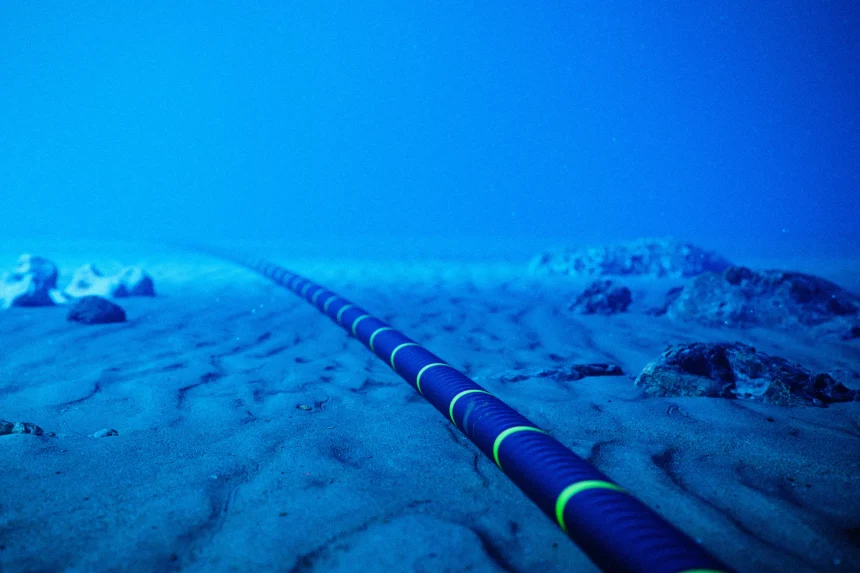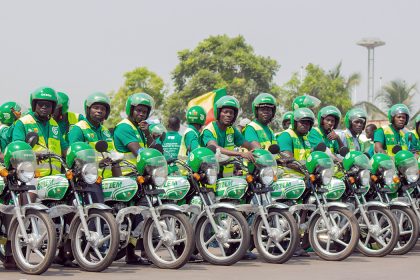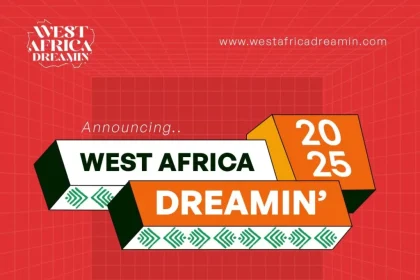Meta, the parent company of Facebook, Instagram, and WhatsApp, is doubling down on infrastructure to support its massive internet traffic needs.
With its properties accounting for 10% of global fixed and 22% of mobile traffic, Meta plans to build a 40,000-kilometer fiber-optic subsea cable—a project estimated to cost over $10 billion.
For the first time, Meta will fully own and operate this cable, ensuring it has dedicated capacity for its data-intensive operations.
Why It Matters
- Data Traffic Mastery: Sole ownership ensures Meta gets priority bandwidth for its platforms, supporting its global user base.
- Geopolitical Strategy: The planned route avoids conflict zones like the Red Sea and the South China Sea, reducing risks of disruptions.
- AI Ambitions: The cable could pave the way for Meta to expand AI infrastructure, especially in India, a cost-effective hub for compute bandwidth.
Driving the Project
Meta’s infrastructure lead, Santosh Janardhan, is overseeing the initiative, with plans originating from its South Africa operations. The cable’s proposed path will form a “W” shape around the globe, connecting the U.S., India, South Africa, and Australia.
Challenges Ahead
- Resource Constraints: A limited supply of cable ships and manufacturers like SubCom could delay the project.
- Long Timeline: Construction will likely span years, with physical assets yet to be deployed.
The Bigger Trend
Tech giants like Meta and Google are reshaping the subsea cable landscape, traditionally dominated by telecom consortia. Meta already co-owns 16 subsea networks but is now taking full ownership to secure its infrastructure and fuel its growth.
What’s Next
Meta is expected to reveal detailed plans in early 2025, including the cable’s route, capacity, and objectives. Meanwhile, industry watchers speculate on its broader goals, from AI advancements to boosting connectivity in high-growth regions like India.
Source: Techcrunch










